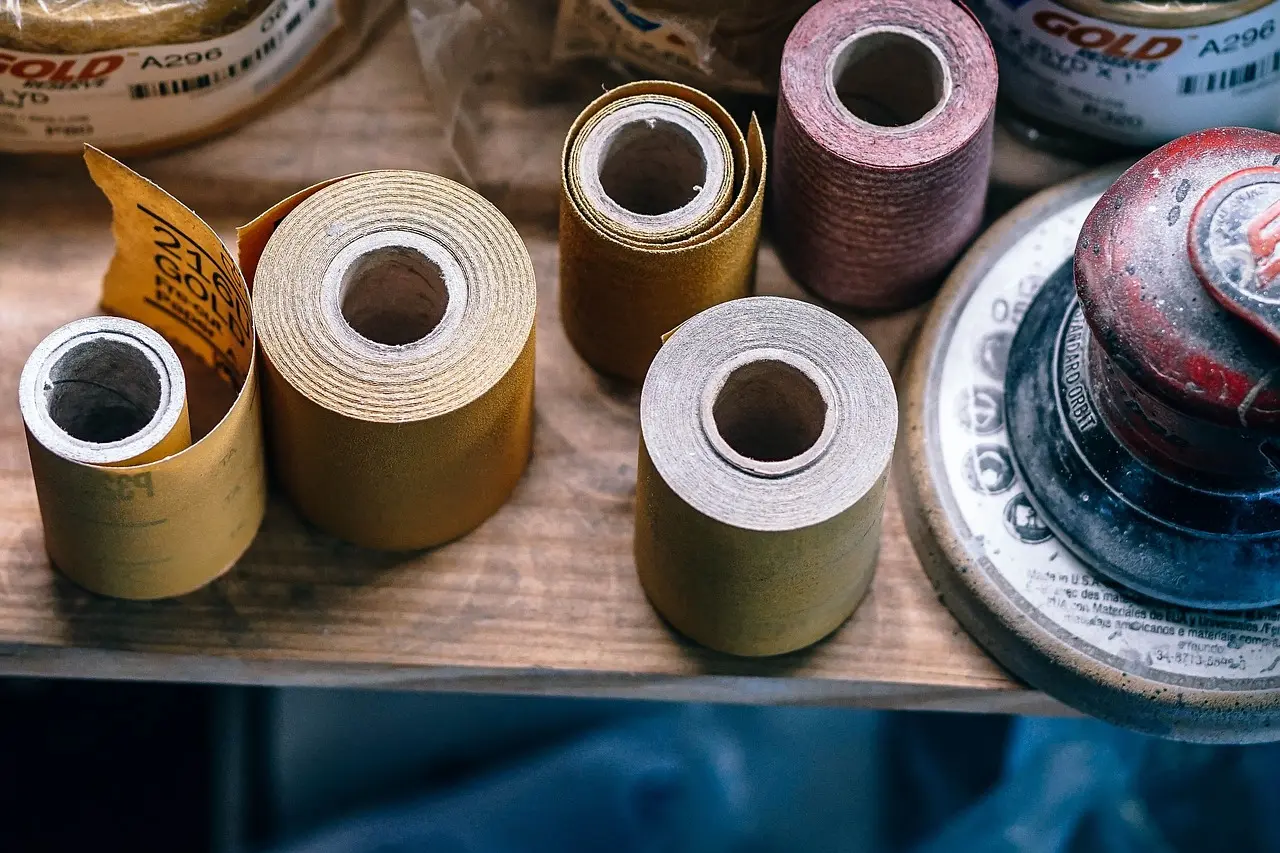When working on a project that requires bonding materials, knowing which adhesive to use can make all the difference. Two of the most popular choices are adhesive tape and liquid adhesives. While both have their advantages, understanding when to use each one is crucial for achieving the best results.
At TONGXIE, we specialize in adhesive tapes, but we also understand the benefits of liquid adhesives. In this article, we will compare adhesive tape with liquid adhesives, breaking down their strengths and weaknesses, and helping you make an informed decision about which one is right for your project.
Adhesive Tape vs. Liquid Adhesives: Key Comparison Factors
Adhesive tape and liquid adhesives are both effective bonding solutions, but they serve different purposes. Let’s examine these materials in the following key areas to help you choose the best adhesive for your needs.
- Strength
Strength is a critical factor in bonding, as it determines how well the adhesive holds over time, especially under stress or external forces.
- Liquid Adhesives
Liquid adhesives, such as epoxies, are often considered to provide a stronger bond due to their long-term reliability. They are highly resistant to temperature fluctuations and environmental factors, making them ideal for structural applications where high loads and small bonding areas are involved. - Adhesive Tape
Adhesive tape, on the other hand, distributes the adhesive force evenly across the surface, providing a uniform bond that can absorb physical impacts, reducing the risk of failure. Some advanced tapes, like 3M™ VHB™ tape, can provide bonding strength comparable to liquid adhesives.
- Curing Time
One of the major differences between adhesive tape and liquid adhesives is the curing time. While some liquid adhesives require time to dry or harden, adhesive tape is ready for use immediately.
- Liquid Adhesives
Liquid adhesives generally require a drying or curing period. Depending on the adhesive type, this can range from a few seconds to several hours. Some adhesives, like epoxy, require an external factor, such as heat or a chemical reaction, to complete the curing process. - Adhesive Tape
Adhesive tape is always sticky, meaning it bonds instantly upon contact. No curing time is needed. You only need to remove the protective liner and apply pressure to form a strong bond. However, while the bond forms quickly, it may take some time to reach its ultimate strength.
- Ease of Application
The application process for adhesives can vary greatly, and understanding the differences can help avoid potential issues down the line.
- Liquid Adhesives
Liquid adhesives can be messy, requiring careful handling and specialized equipment for precise application. While they offer adjustability during the bonding process, they can drip, spill, or overflow, leading to waste and a potentially sticky situation. In some cases, liquid adhesives can be automated, but it still requires additional training and equipment. - Adhesive Tape
Adhesive tape is easier to apply, requiring no special equipment. There are no messes to clean up, and no waiting for the adhesive to dry. Adhesive tapes are easy to handle, and die-cut tapes can be shaped to fit the exact dimensions of your project, improving efficiency and reducing waste.
- Versatility
The versatility of an adhesive material can significantly affect its suitability for different types of projects.
- Liquid Adhesives
Liquid adhesives can be very versatile, as some types, like conductive adhesives, can transfer heat or electricity while bonding materials. However, they are limited by the specific surfaces they can bond to, and certain joints may not be suitable for liquid adhesives. - Adhesive Tape
Adhesive tape is highly versatile and can bond materials with various surface characteristics, even those with low or high surface energy. The ability to laminate adhesive tapes allows for the creation of double-sided tapes, expanding their versatility. Additionally, adhesive tape can dampen vibrations, improve sealing, and perform well in temperature extremes.
Conclusion
The choice between adhesive tape and liquid adhesives depends on your project’s requirements. Each material has its strengths, and choosing the right one is essential for achieving optimal results. If you need a quick, clean, and versatile solution, adhesive tape is an excellent choice. However, if you require high-strength bonding for structural applications, liquid adhesives may be more suitable.
If you’re interested in exploring reliable adhesive tape solutions, TONGXIE offers a range of high-performance tapes suitable for various industries and applications. Contact us today for expert consultation or to learn more about how we can meet your bonding needs.

Products
Rich variety of adhesive tape
